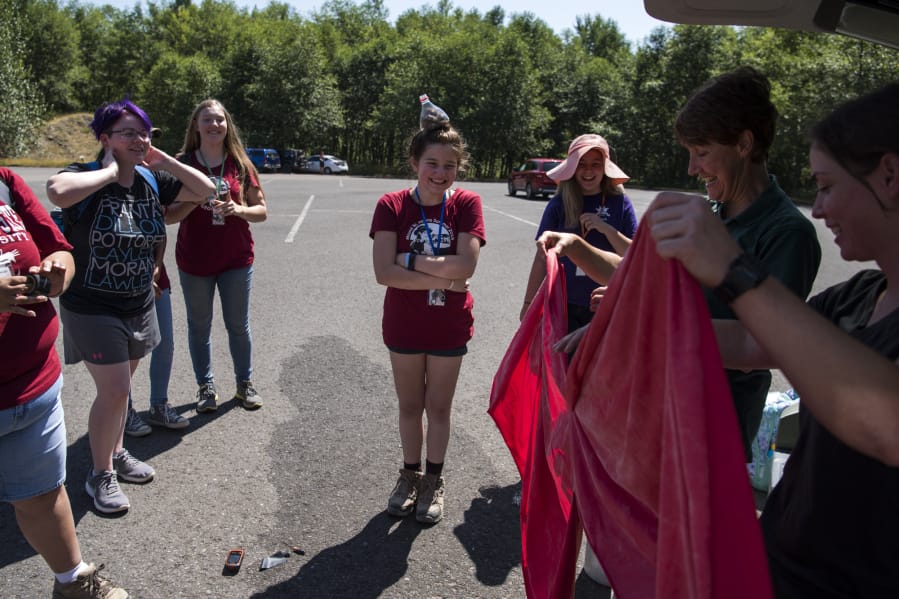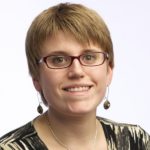MOUNT ST. HELENS — Call it a poor woman’s drone.
At Mount St. Helens National Volcanic Monument, a group of teenage girls stood around a 5-foot red balloon destined to soar above the Hummocks Trail. A camera, jury-rigged into a plastic bottle with rubber bands, would shoot a photo every minute, surveying the trail below.
Until, that is, the balloon popped, the girls squealed and, minutes later, a new plan was made.
It was an apt metaphor for this crowd, members of this year’s class of GeoGirls at Mount St. Helens, and an appropriate learning experience for a group of teenagers who hope to pursue careers in fields where they, as a function their gender, are likely to be underrepresented in their field at best, and undermined at worst.
In the face of obstacles, the only thing to do is hurdle over them.
GeoGirls is an annual camp for middle school girls in Washington and Oregon, free for those accepted into the program. For five days, these students joined high school student mentors, college students, U.S. Geological Survey researchers and other scientists — all of them women — in the field to study the land surrounding the Northwest’s most famous volcano.




